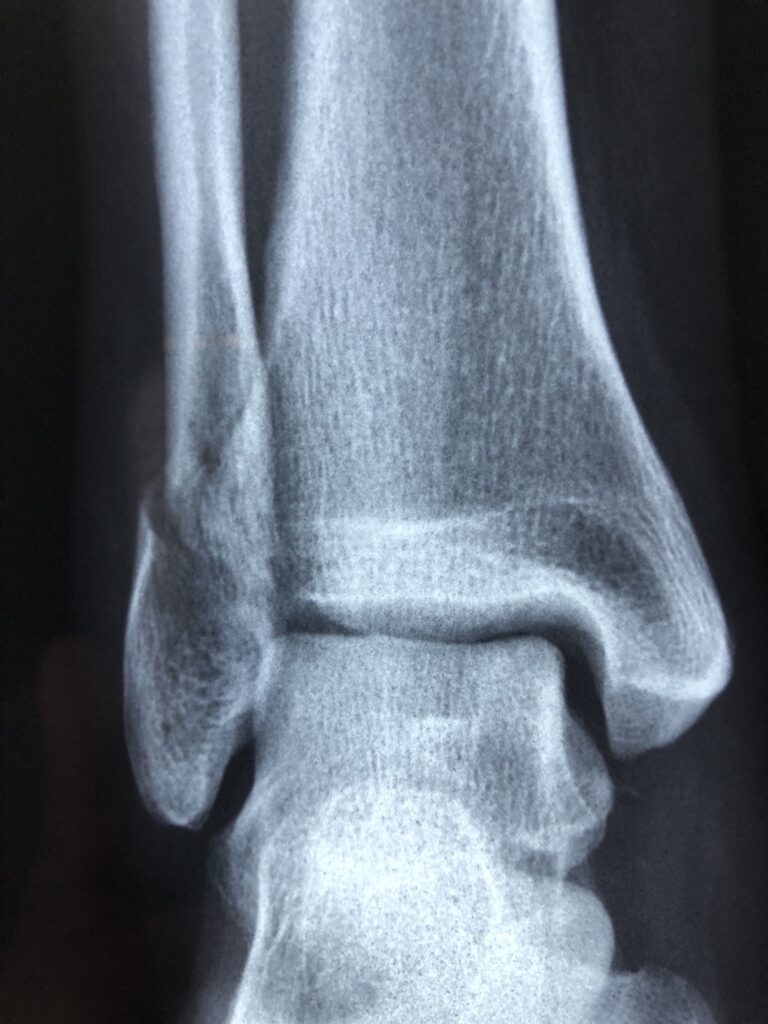Osteoporosis

Osteoporosis is a disease in which bones become weak and brittle. This means that even a minor injury or fall increases the risk of fracture (bone breakage). It is often also called a “silent killer” because there are no obvious symptoms in the early stages. Many people do not realize that they have osteoporosis until a fracture occurs.
Why does osteoporosis occur?
Our bones are constantly formed and broken. In youth, the process of new bone formation is faster than the process of old bone breakdown, which increases our bone density. But with aging, this balance is disturbed. Osteoporosis occurs when the rate of old bone breakdown becomes faster than the rate of new bone formation, which leads to a decrease in bone density.
There are many causes and risk factors for osteoporosis, including:
Age: Bone density naturally decreases as you age.
Gender: Women are more at risk of osteoporosis than men, especially after menopause due to a decrease in estrogen hormone levels.
Family history: If someone in your family has osteoporosis, you may also be at a higher risk.
Body size: People with smaller and thinner bodies are more likely to have low bone density.
Hormone levels: Low levels of sex hormones such as estrogen (in women) or testosterone (in men) in the body can weaken bones. Excess thyroid hormones can also cause bone loss.
Diet: Lack of calcium and vitamin D can reduce bone density.
Certain medical conditions: Certain diseases such as thyroid disease, Cushing’s syndrome, celiac disease and rheumatoid arthritis can increase the risk of osteoporosis.
Certain medications: Corticosteroids (such as prednisone) and certain other medications can weaken bones when taken for a long time.
Lifestyle factors:
Physical inactivity: People who are not physically active are at a higher risk of developing osteoporosis.
Smoking: Smoking is harmful to bone health.
Excessive alcohol consumption: Excessive alcohol consumption can cause bone loss.
Low weight: Being extremely underweight is also associated with bone loss.
Symptoms of osteoporosis:
There are usually no obvious symptoms in the early stages of osteoporosis. However, when bones become weak, the following symptoms may appear:
Back pain: This may be due to fractures or compression of the vertebrae.
Loss of height over time: A person’s height may decrease due to compression of the vertebrae.
Hunchback (bent posture): Weakening of the vertebrae can cause the spine to bend.
Fractures more easily than usual: Even a minor fall or blow can cause a fracture.
Prevention of Osteoporosis:
Prevention measures
Adequate calcium intake: Eat calcium-rich foods such as dairy products, green leafy vegetables, tofu, and fortified foods.
Get enough vitamin D: Exposure to sunlight (safely) and take vitamin D-rich foods or supplements (as advised by a doctor).
Exercise regularly: Weight-bearing exercises (such as walking, running, stair climbing) and muscle-strengthening exercises help strengthen bones.
Maintain a healthy weight: Being extremely underweight or overweight can both be harmful to bone health.
Quit smoking: Smoking increases bone loss.
Limit alcohol consumption: Excessive alcohol consumption can weaken bones.
Avoid falls: Reduce hazards in the home (such as loose carpets, poor lighting) and exercise to improve balance.
Get regular check-ups: If you are at risk of osteoporosis, talk to your doctor about a bone density test (DEXA scan).
View
Osteoporosis is a serious condition that weakens bones and increases the risk of fractures. There are no symptoms in the early stages, so prevention and awareness of risk factors are key. By adopting a healthy lifestyle, consuming enough calcium and vitamin D, exercising regularly, and consulting your doctor, you can keep your bones strong and reduce your risk of osteoporosis.
